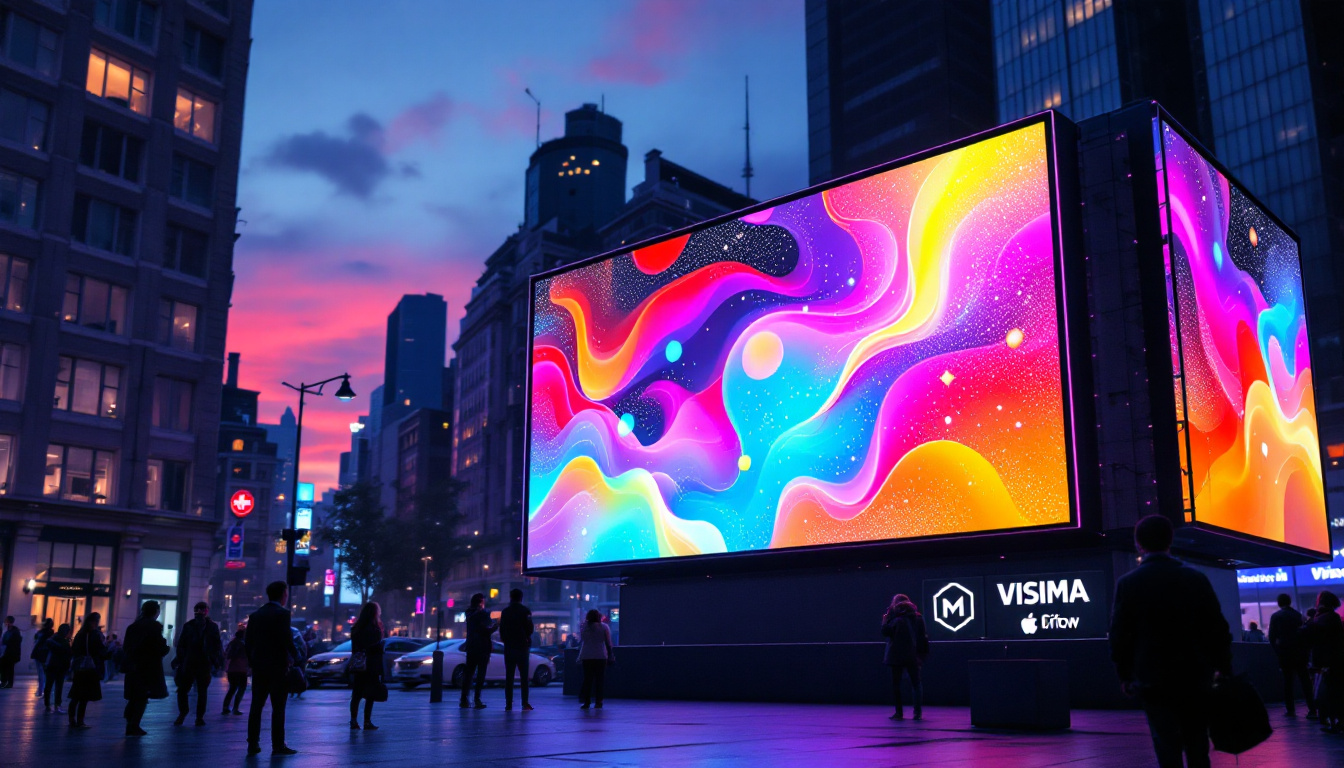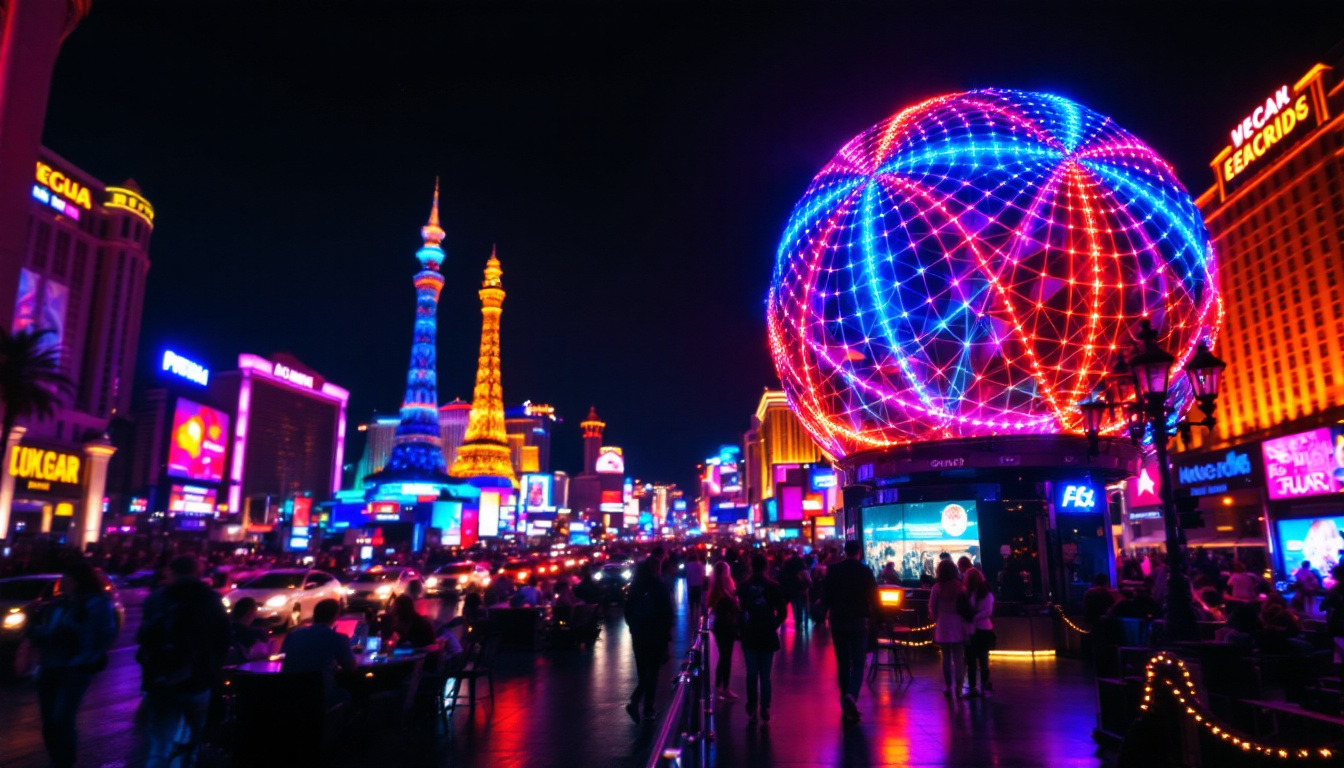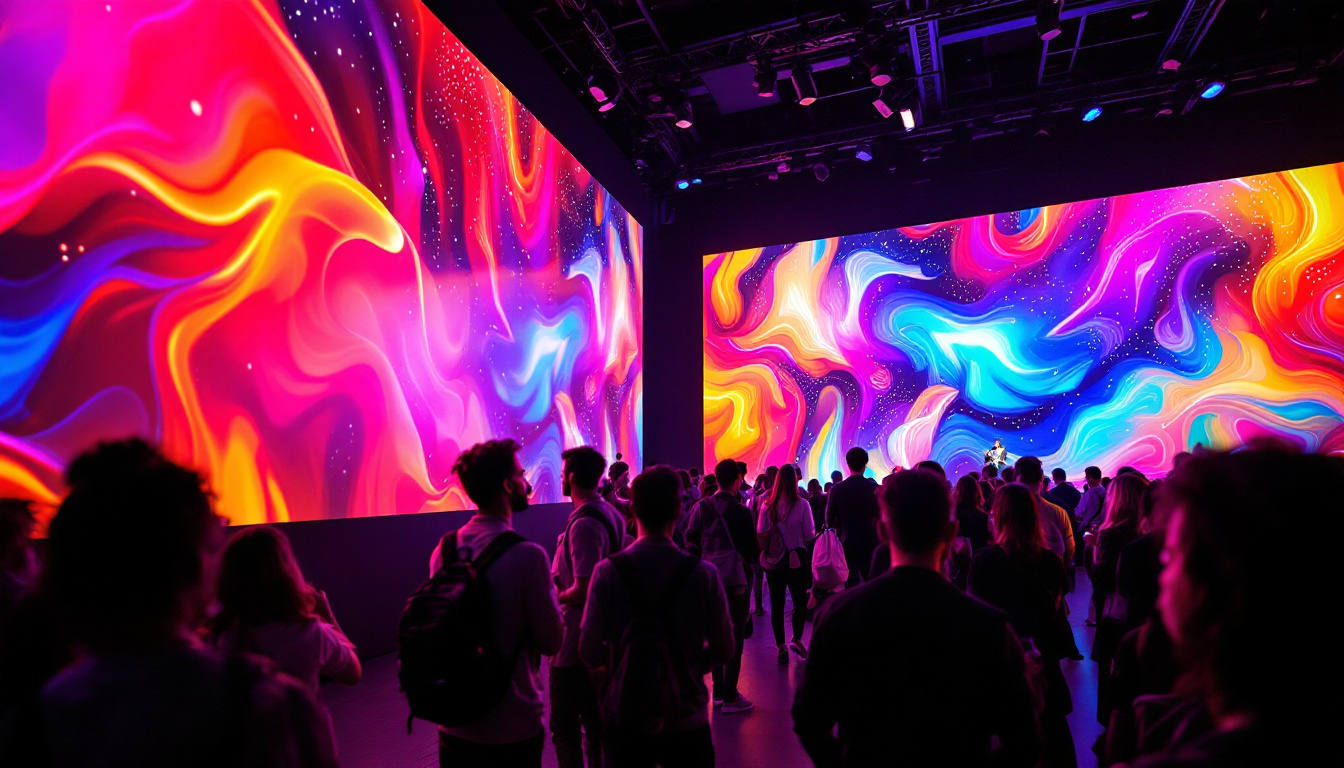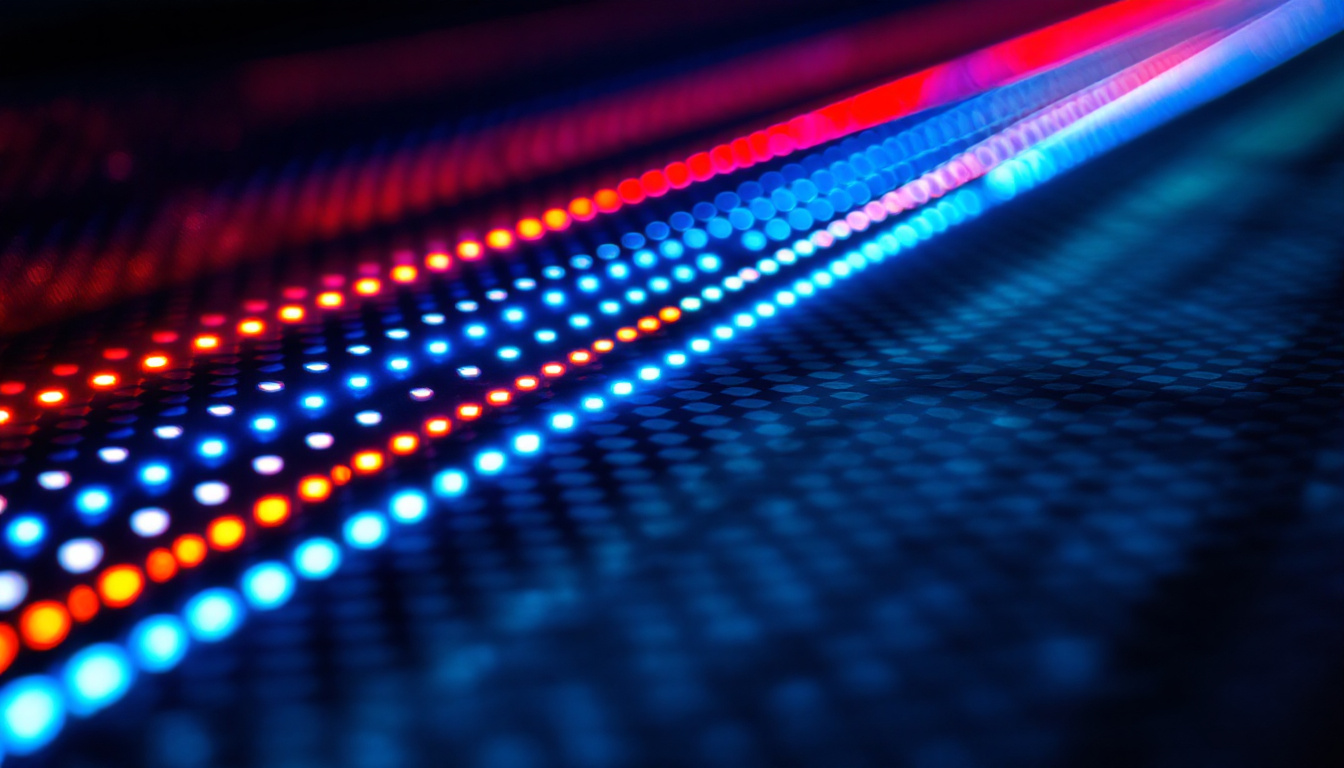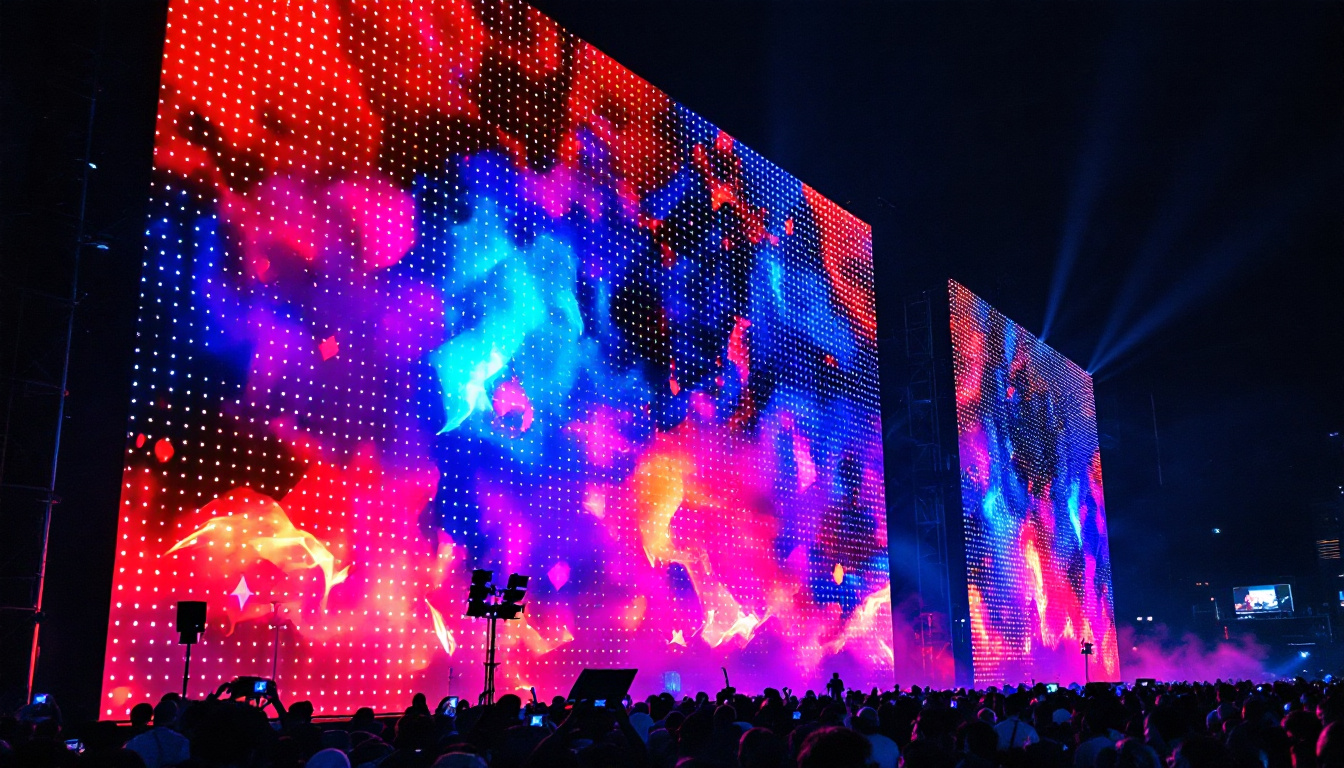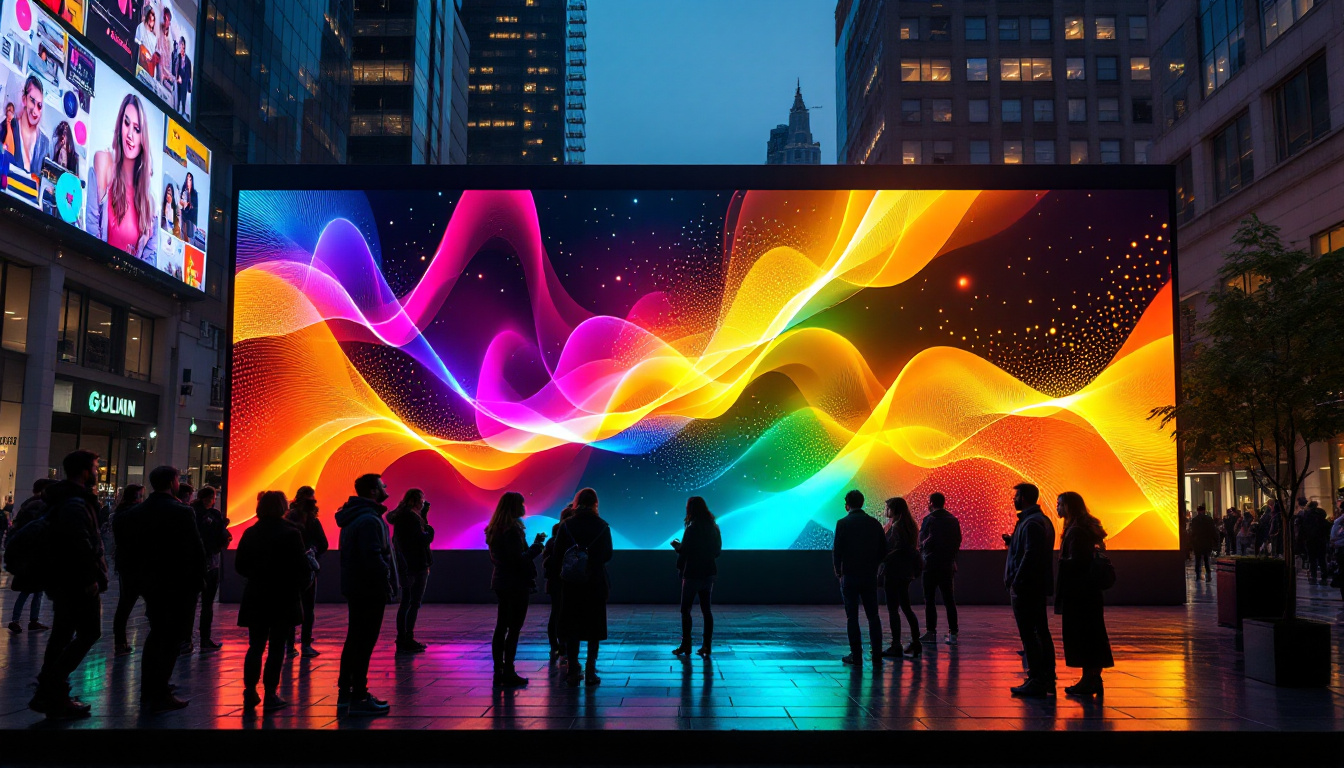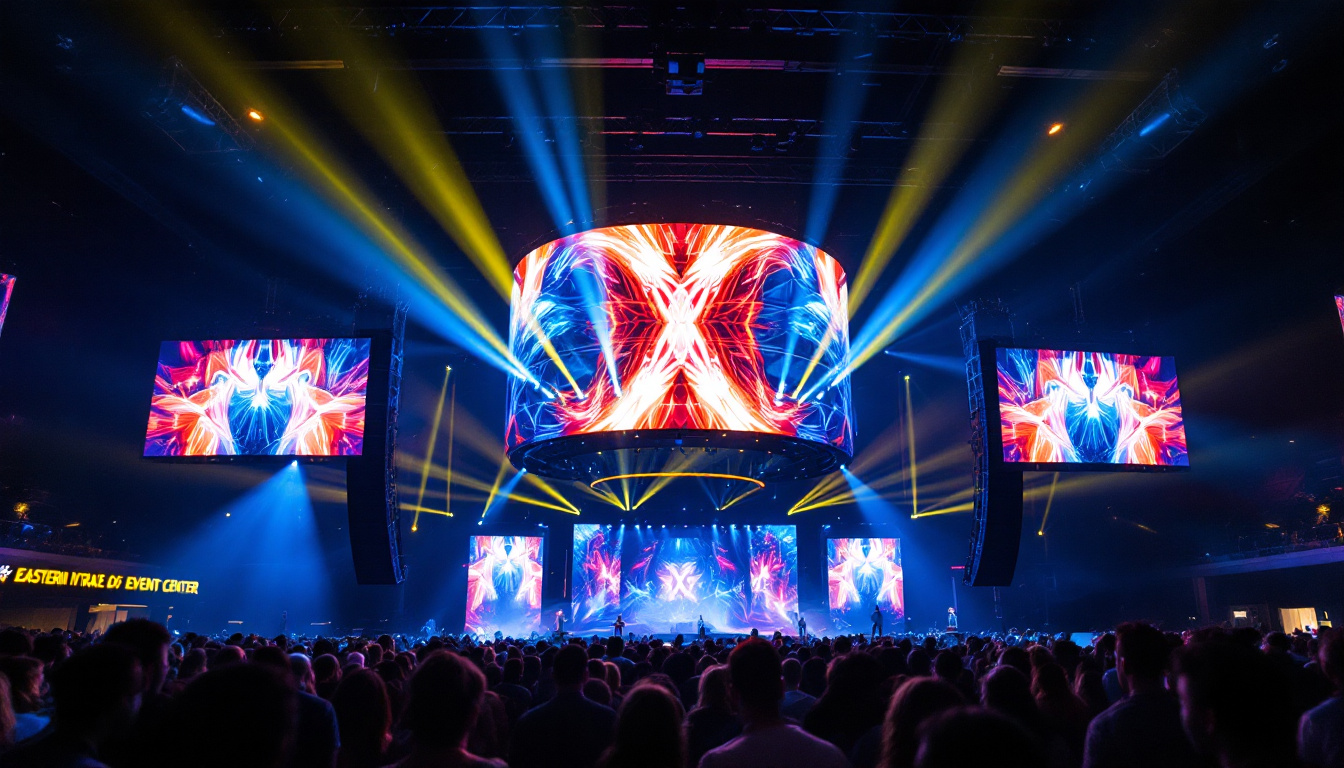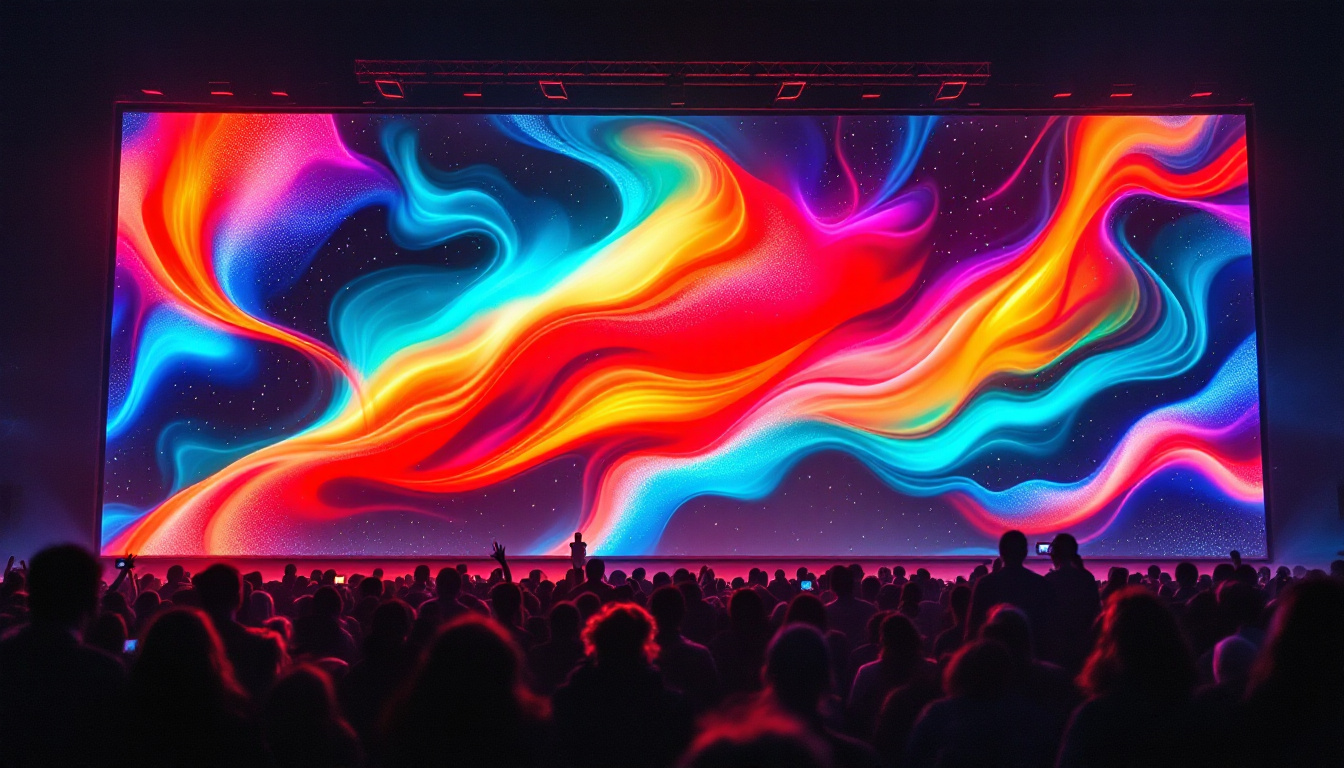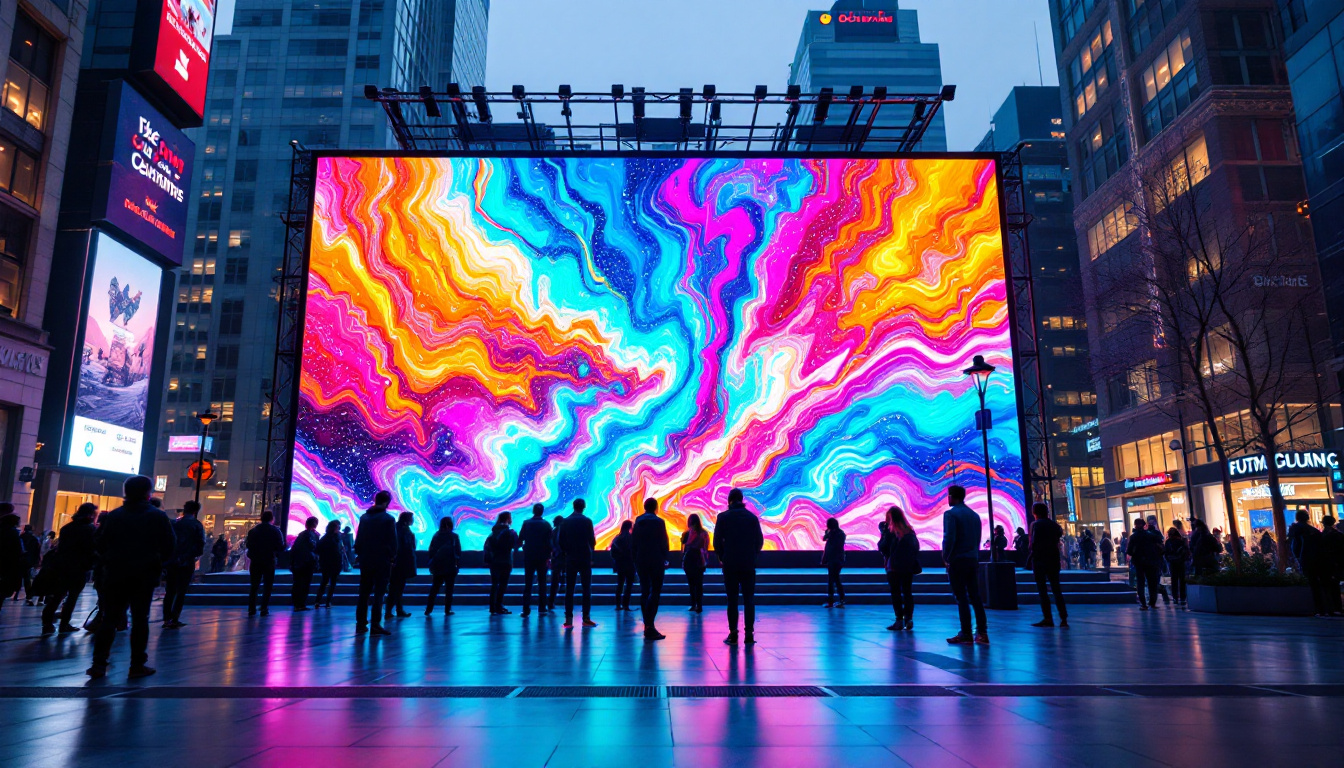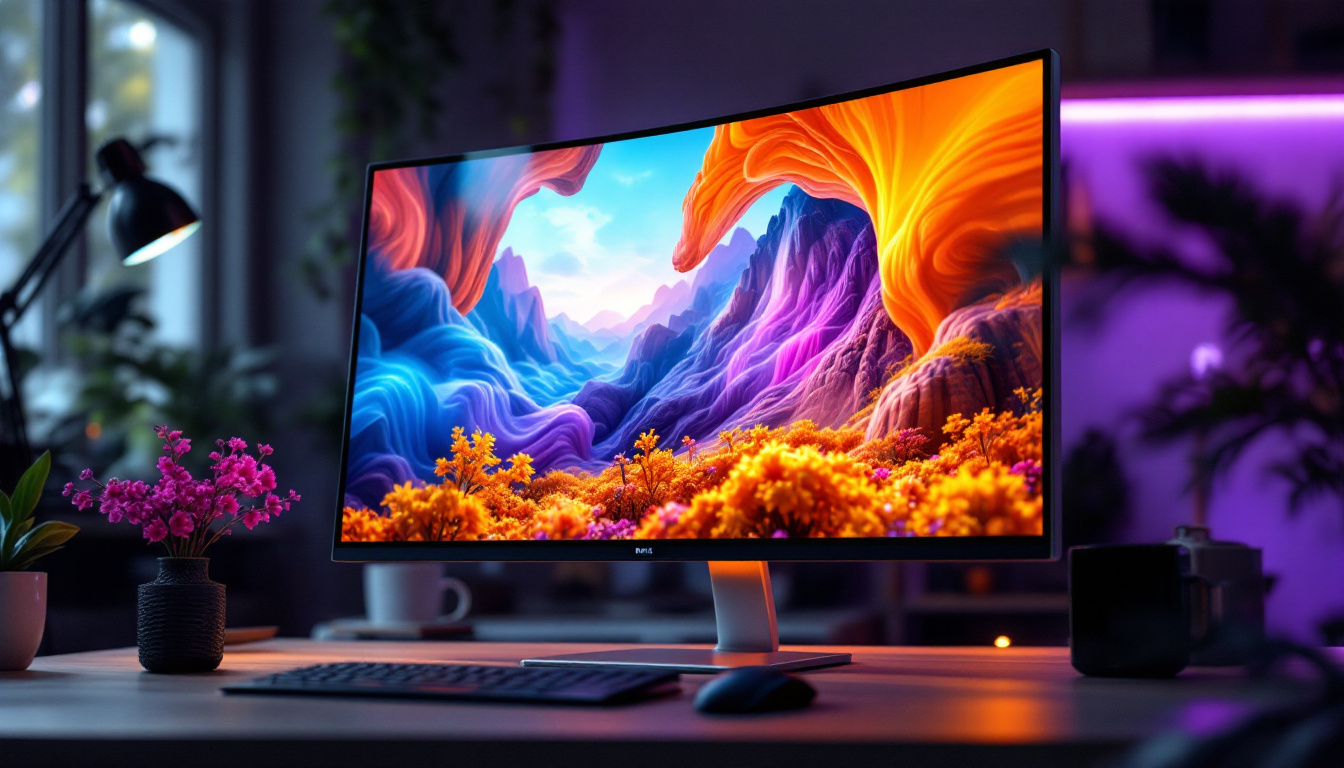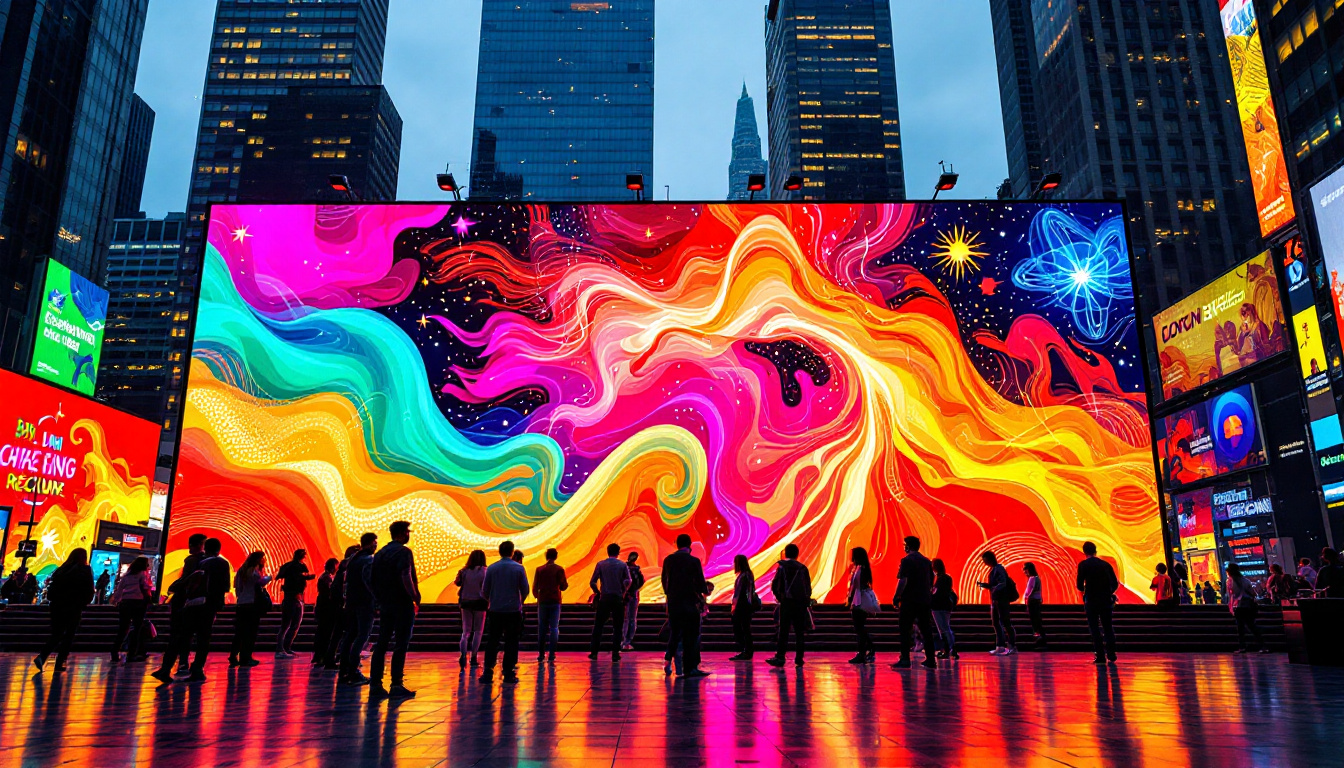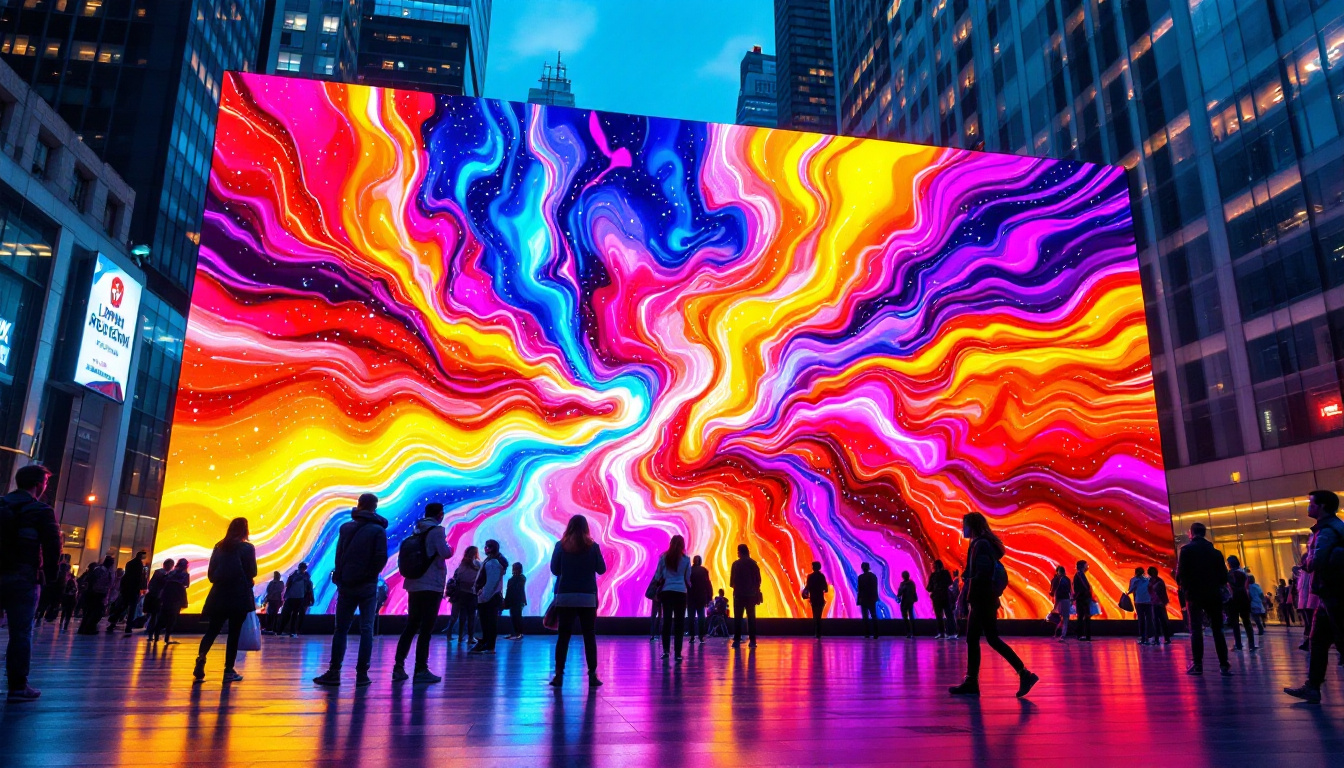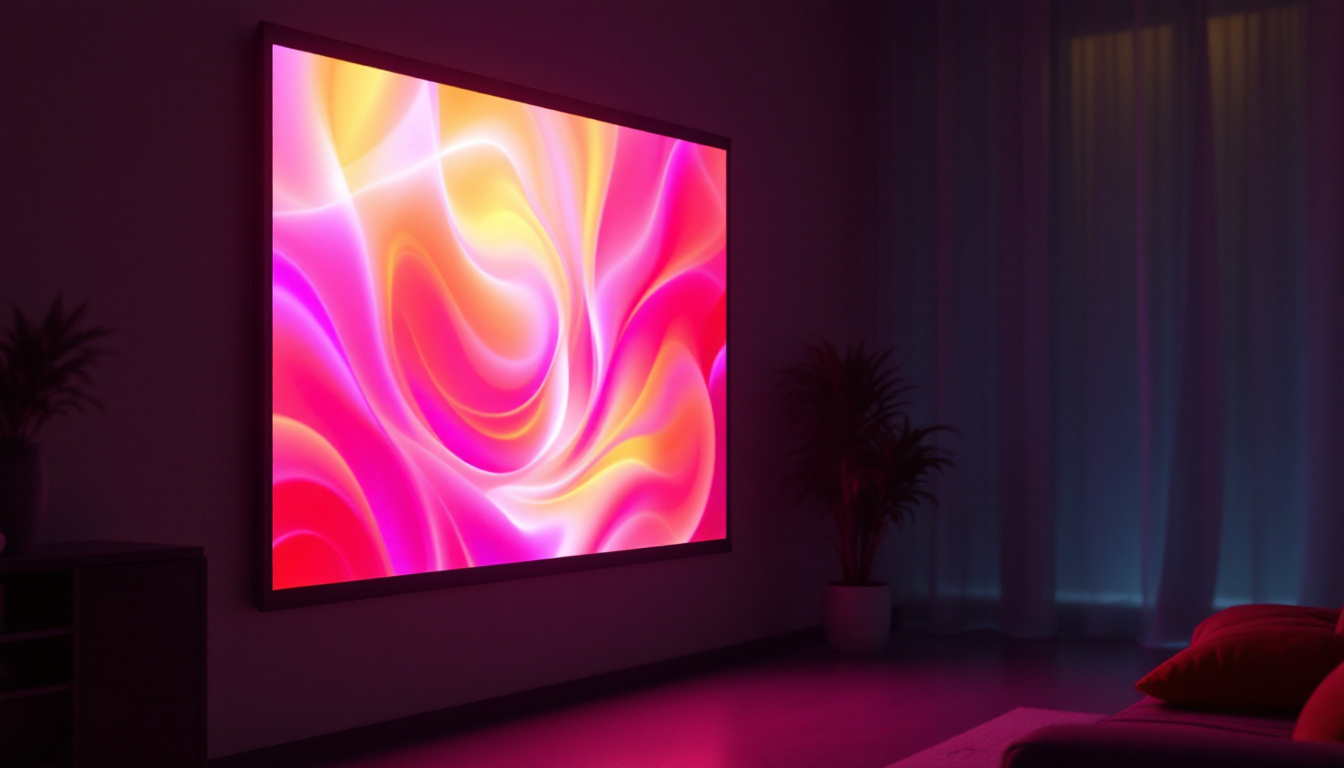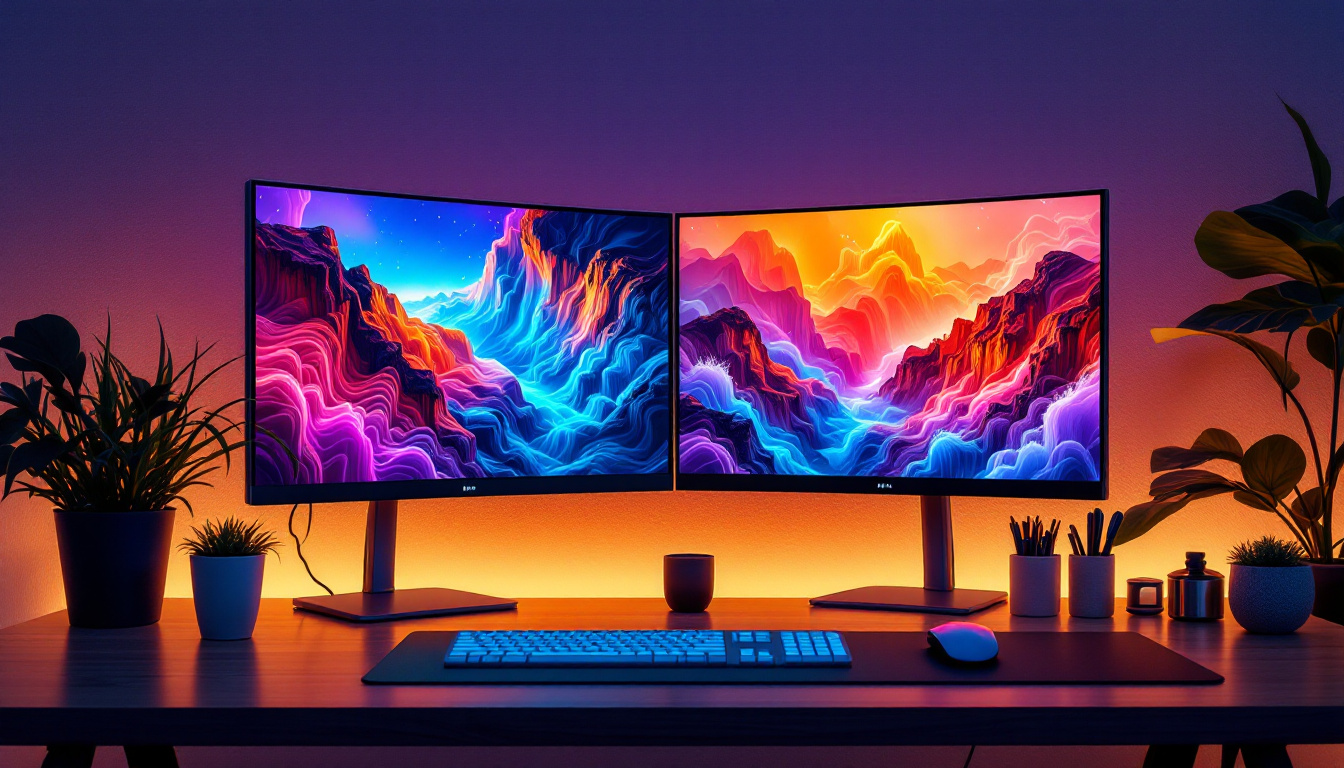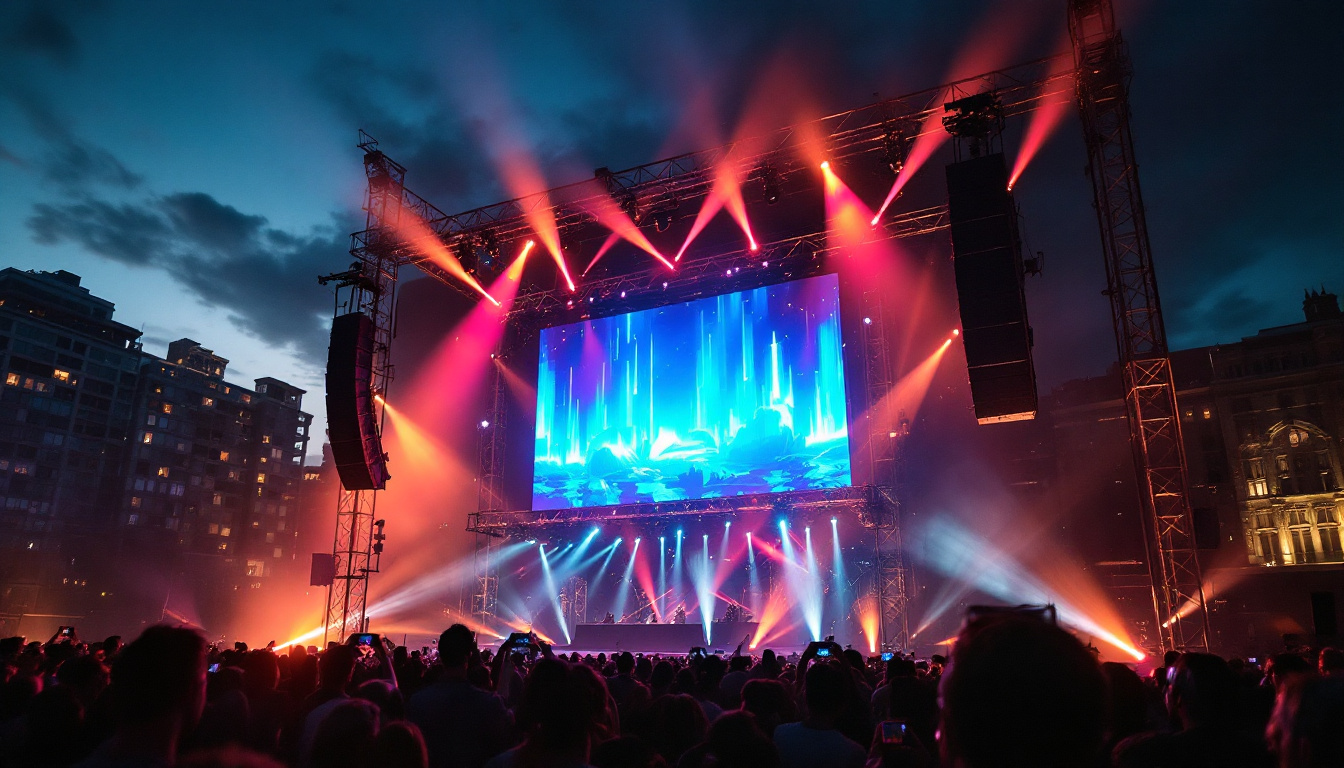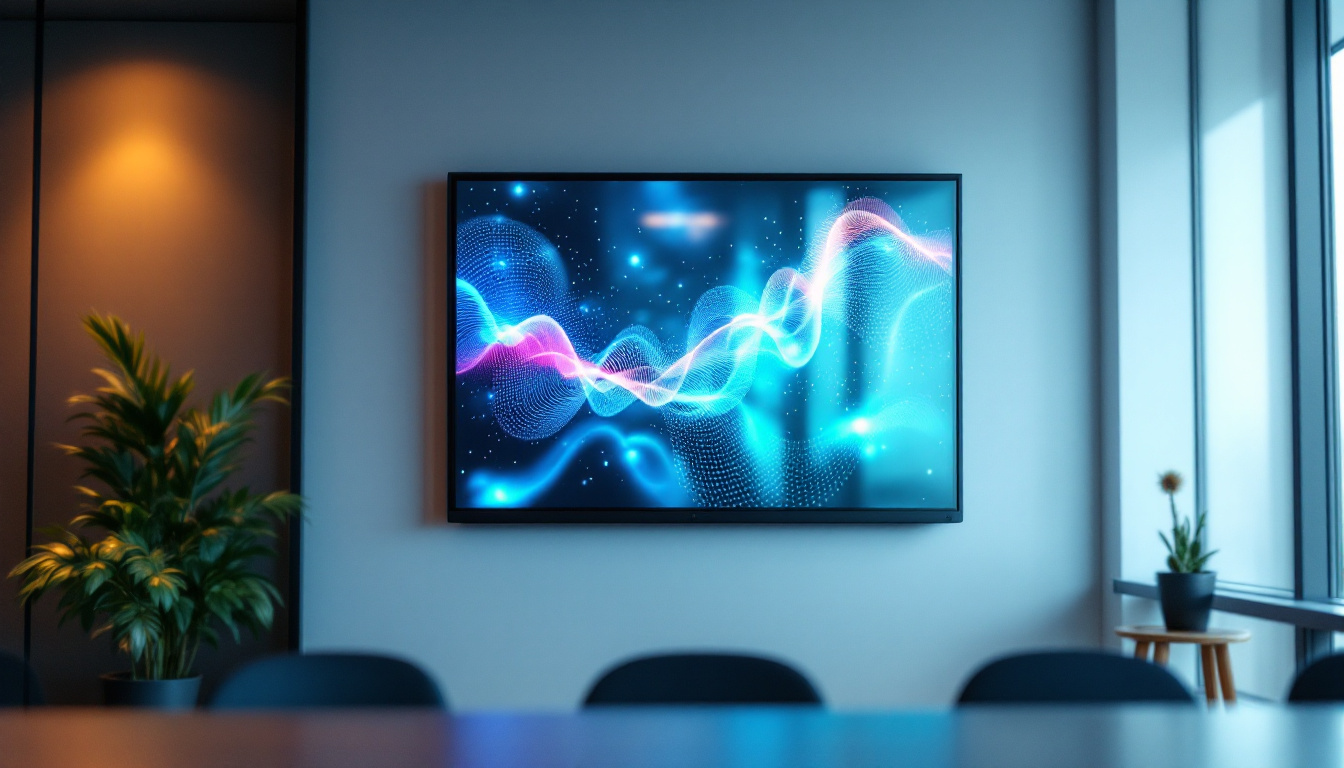In the modern age of technology, the control room has become a pivotal hub for various industries, from broadcasting to security management. One of the most significant components of these control rooms is the LED display. Understanding the intricacies of LED displays is crucial for anyone involved in the management or operation of a control room. This article delves into the various aspects of LED displays, their advantages, and their applications in control rooms.
What is an LED Display?
LED displays, or Light Emitting Diode displays, are electronic devices that utilize LEDs as their primary light source. These displays are known for their vibrant colors, high brightness, and energy efficiency, making them an ideal choice for control rooms where clarity and visibility are paramount. Unlike traditional LCD or CRT screens, LED displays can produce deeper blacks and a wider color gamut, enhancing the overall viewing experience. Their ability to maintain consistent brightness levels over time also ensures that the information displayed remains legible, even in challenging lighting conditions.
Furthermore, the longevity of LED technology significantly reduces maintenance costs, as these displays can last tens of thousands of hours before needing replacement. This durability is particularly advantageous in settings where displays are in constant use, such as in airports, stadiums, and corporate environments. As technology continues to evolve, LED displays are becoming increasingly integrated with smart technologies, allowing for real-time data updates and interactive capabilities that enhance user engagement.
How LED Displays Work
At the core of an LED display are thousands of tiny diodes that emit light when an electric current passes through them. These diodes are arranged in pixels, which can be manipulated to create images and videos. The more pixels an LED display has, the higher the resolution, leading to sharper images. The technology can be divided into two main types: direct view and rear projection. Direct view LED displays are often used in large video walls, while rear projection systems are typically found in smaller setups. The arrangement of these pixels can vary, with some displays utilizing RGB (Red, Green, Blue) configurations to produce a full spectrum of colors, while others may employ monochrome or dual-color setups for specific applications.
The driving technology behind LED displays has also seen advancements, with many modern systems employing sophisticated control mechanisms that allow for dynamic content management. This means that users can easily switch between different sources of information, whether it be live feeds, pre-recorded videos, or static images, all with minimal delay. This flexibility is crucial in environments like command centers where timely information dissemination can be critical to operations.
Types of LED Displays
LED displays come in various types, each suited for different applications within a control room. Some common types include:
- Indoor LED Displays: These displays are designed for environments with controlled lighting, providing high resolution and vivid colors. They are often used in conference rooms and exhibitions, where clarity and detail are essential.
- Outdoor LED Displays: Built to withstand harsh weather conditions, outdoor displays are brighter to combat sunlight and are often used for advertising or information dissemination. These displays are engineered to resist water and dust, ensuring reliable performance in various climates.
- Transparent LED Displays: These innovative displays allow for visibility through the screen while still showing images, making them ideal for retail environments. They create a unique visual experience that can attract customers while maintaining the aesthetic of the space.
- Flexible LED Displays: These displays can be bent or shaped to fit unconventional spaces, allowing for creative installations that were previously not possible. They are gaining popularity in modern architecture and design, where the integration of technology and aesthetics is key.
Advantages of LED Displays in Control Rooms
LED displays offer numerous advantages that make them the preferred choice for control rooms. Their features not only enhance functionality but also contribute to improved efficiency and effectiveness in operations.
High Visibility and Clarity
One of the standout features of LED displays is their exceptional visibility. The brightness levels can be adjusted to suit various lighting conditions, ensuring that information is easily readable at all times. This is particularly important in control rooms where operators may need to monitor multiple data sources simultaneously. The clarity of the images displayed allows for quick decision-making, which can be crucial in high-pressure situations.
Energy Efficiency
Energy consumption is a significant consideration for any operation, and LED displays excel in this area. They consume less power compared to traditional display technologies, resulting in lower electricity bills and a reduced carbon footprint. This energy efficiency is especially beneficial in control rooms that operate 24/7, as it can lead to substantial cost savings over time.
Durability and Longevity
LED displays are known for their durability. They are less prone to damage from impact and can withstand various environmental conditions, making them ideal for control rooms that may experience heavy use. Additionally, LED technology has a longer lifespan compared to other display types, which means less frequent replacements and maintenance. This reliability is vital for ensuring continuous operations in critical environments.
Applications of LED Displays in Control Rooms
The versatility of LED displays allows them to be utilized in various applications within control rooms across different sectors. Their ability to convey information clearly and effectively makes them indispensable tools in modern operations.
Broadcasting and Media Control Rooms
In broadcasting, LED displays serve as the central visual hub for monitoring live feeds, video playback, and graphic overlays. Operators rely on these displays to ensure that everything runs smoothly during live broadcasts. The high resolution and color accuracy of LED technology allow for precise monitoring of video quality, ensuring that viewers receive the best possible experience.
Security and Surveillance Control Rooms
Security control rooms benefit immensely from LED displays, which allow operators to monitor multiple camera feeds simultaneously. The ability to display high-definition images from various angles enhances situational awareness, enabling quick responses to incidents. Moreover, the large size of LED video walls can provide a comprehensive overview of a facility, making it easier to identify potential threats.
Transportation and Traffic Management
In transportation control rooms, LED displays are used to monitor traffic flow, manage public transportation systems, and provide real-time information to commuters. The bright and clear visuals ensure that operators can quickly assess traffic conditions and make informed decisions to optimize transportation efficiency. Additionally, LED displays can be used to relay critical information to the public, such as travel advisories or emergency alerts.
Considerations for Implementing LED Displays
While LED displays offer numerous benefits, there are several considerations to keep in mind when implementing them in a control room setting. Proper planning and assessment are crucial to ensure that the chosen display meets the specific needs of the operation.
Size and Configuration
The size of the LED display is a critical factor that can impact its effectiveness. Control rooms should assess the available space and determine the optimal size to ensure that all operators have a clear view of the information being displayed. Additionally, the configuration of the display—whether a single large screen or multiple smaller screens—should be considered based on the workflow and layout of the control room.
Resolution and Pixel Pitch
Resolution is another essential aspect to consider. Higher resolution displays provide clearer images, which can be crucial for detailed monitoring tasks. Pixel pitch, or the distance between the centers of adjacent pixels, also plays a significant role in determining the display’s clarity. A smaller pixel pitch results in a higher resolution, making it suitable for close viewing distances.
Integration with Existing Systems
Integrating LED displays with existing control room systems is vital for ensuring seamless operations. Compatibility with various data sources, video feeds, and monitoring systems should be assessed before implementation. Proper integration allows for real-time data visualization and enhances the overall functionality of the control room.
Future Trends in LED Display Technology
The LED display industry is continuously evolving, with advancements in technology leading to new possibilities for control room applications. Staying informed about these trends can help organizations make strategic decisions regarding their display solutions.
Advancements in Resolution and Color Accuracy
As technology progresses, LED displays are becoming capable of achieving even higher resolutions and improved color accuracy. This trend allows for more detailed and vibrant visuals, which can enhance the overall effectiveness of control room operations. With the advent of 8K resolution displays, operators can expect unprecedented clarity in their monitoring tasks.
Smart LED Displays
Smart LED displays are emerging as a game-changer in the industry. These displays come equipped with integrated software that allows for advanced data visualization, analytics, and remote management. This capability enables operators to customize their viewing experience and respond more effectively to changing operational needs.
Environmental Considerations
As sustainability becomes a priority for many organizations, the LED display industry is focusing on environmentally friendly practices. Newer models are being designed with recyclable materials and energy-efficient technologies, further reducing their carbon footprint. This focus on sustainability aligns with the growing demand for eco-friendly solutions in various sectors.
Conclusion
LED displays have revolutionized the way control rooms operate, providing high visibility, energy efficiency, and durability. Their applications span across various industries, enhancing the effectiveness of operations in broadcasting, security, and transportation. As technology continues to advance, LED displays will likely become even more integral to control room environments, paving the way for smarter and more efficient operations.
Incorporating LED displays into a control room requires careful consideration of size, resolution, and integration with existing systems. By staying informed about the latest trends and advancements, organizations can leverage the full potential of LED technology to enhance their operational capabilities. Embracing these innovations will not only improve efficiency but also contribute to a more sustainable and effective future in control room management.
Discover LumenMatrix’s Advanced LED Solutions
Ready to elevate your control room with the latest in LED display technology? LumenMatrix offers a comprehensive range of innovative LED solutions tailored to meet your specific needs. From Indoor and Outdoor LED Wall Displays to specialized options like Vehicle, Sports, and Floor LED Displays, our products are designed to enhance brand visibility and create immersive visual experiences. Embrace the future of visual communication with LumenMatrix’s Custom, All-in-One, and Transparent LED Displays. Check out LumenMatrix LED Display Solutions today and transform your control room into a hub of efficiency and engagement.


